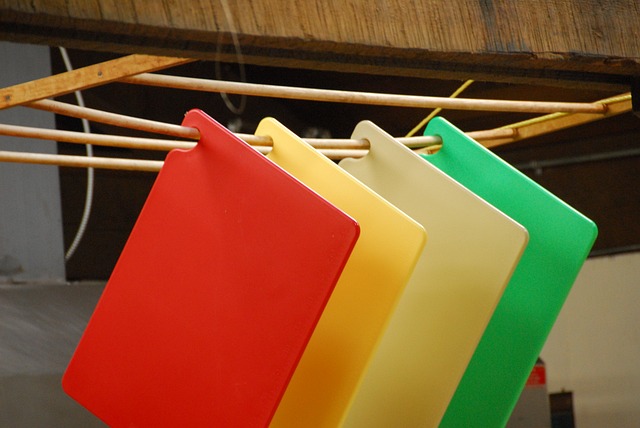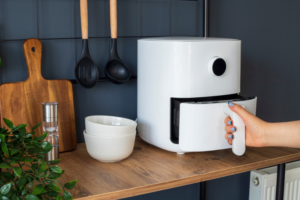A well-equipped kitchen is the heart of a home, and one of the essential tools in every kitchen is the cutting board. While it may seem like one cutting board is enough, having multiple can make your cooking process more efficient and hygienic. Here’s why you require multiple cutting boards and how many you might need.

The Importance of Multiple Cutting Boards
1. Prevent Cross-Contamination: Using separate cutting boards for different types of food can help prevent cross-contamination. For instance, using one board for raw meat and another for fruits and vegetables can reduce the risk of foodborne illnesses.
2. Preserve the Flavor of Your Food: Strong-smelling foods like onions and garlic can leave their scent on your cutting board, which can then transfer to other foods. Having separate boards can help preserve the individual flavors of your ingredients.
3. Extend the Life of Your Knives: Different foods require different levels of force when cutting. Using a separate, softer board for delicate tasks can help keep your knives sharp.
4. Convenience: Having multiple cutting boards means you can have one clean and ready to use while the other is being washed.
How Many Cutting Boards Do You Need?
The number of cutting boards you need can depend on your cooking habits, but here’s a general guideline:
The Minimum Must-Haves: cooked and uncooked
- One board for raw foods, meat, poultry, and seafood: It’s crucial to have a dedicated cutting board for raw meat, poultry, and seafood to prevent cross-contamination.
- One board for salads (fruits & vegetables) and cooked food: Opt for wood or bamboo for a more natural surface.
Bonus Boards for the Enthusiast: depends on your cooking habits and dietary preferences, you could add additional boards.
- A bread board: Dedicated to slicing bread to avoid transferring crumbs to other foods.
- A cheese board: Perfect for serving and slicing cheese without mixing flavors.
- A small cutting board for herbs and spices: Keeps pungent aromas contained.
- Cooked Meat: If you often slice cooked meat, consider having a separate board for it.
- Fruits and Vegetables: A separate board only for fruits and vegetables can help prevent them from picking up flavors from other foods.
- Allergens: If someone in your household has food allergies, consider having a dedicated allergen-free cutting board.
Also, if required you can further categories boards separately for bakery and dairy products, root vegetables, raw meat, raw fish, etc. Separate boards can also be used based on cutting style; for delicate slicing, hard chopping, etc.
Tip: Label your boards for easy identification and to avoid accidental cross-contamination.
Cutting boards, particularly those made of plastic, are often color-coded. These color combinations help identify the board’s intended use. These boards are typically sold as a color set in the market. Below is a commonly used color code.

Red – raw meat, Blue – raw fish, Brown – vegetables, Green – fruit, herbs and salads, White – bakery and dairy, Yellow – cooked meat
Caring for Your Cutting Board Crew:
- Wash thoroughly with hot soapy water after each use.
- Disinfect plastic and composite boards with a diluted bleach solution.
- Season wooden boards regularly with mineral oil to prevent them from drying out and cracking.
- Replace cracked or worn boards immediately.
Having just one cutting board might seem simpler, multiple cutting boards can enhance your cooking experience. They can help ensure food safety, preserve the flavor of your food, protect your knives, and provide convenience. So, consider investing in a few more cutting boards for your kitchen.
Remember, a happy kitchen is a healthy kitchen! Happy cooking! 😊

















Leave a Reply